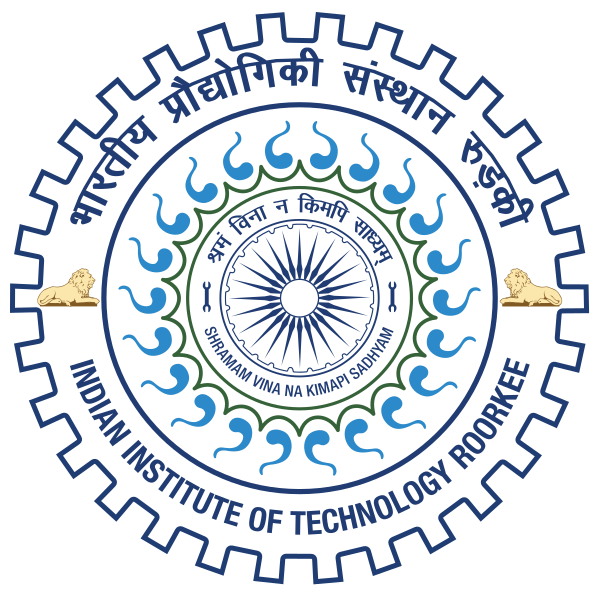Please use this identifier to cite or link to this item:
http://localhost:8081/jspui/handle/123456789/9764Full metadata record
| DC Field | Value | Language |
|---|---|---|
| dc.contributor.author | Kushwaha, Sunil Singh | - |
| dc.date.accessioned | 2014-11-20T08:51:18Z | - |
| dc.date.available | 2014-11-20T08:51:18Z | - |
| dc.date.issued | 2002 | - |
| dc.identifier | M.Tech | en_US |
| dc.identifier.uri | http://hdl.handle.net/123456789/9764 | - |
| dc.guide | Chakravorty, S. | - |
| dc.description.abstract | Frequency hopped spread spectrum techniques are used to support multiusers, need large families of code sequences such that interference from other users is minimum. To avoid intentional jamming, code should be long enough. A number of sequence designs have been proposed by many authors. In this dissertation salient features of FH-SS system have been discussed and the necessity of good sequences and criteria of goodness have been established. Generation methods and mathematical basis of various families of sequences viz one-coincidences, non-binary sequences over a prime and its extension field, Costas sequences for radar and sonar systems, sonar sequences, hyperbolic codes and Reed-Solomon based sequences. A number of such sequences have been generated and the properties viz Hamming cross-correlation for multiple access, auto- and cross- ambiguity functions for radar and sonar systems. | en_US |
| dc.language.iso | en | en_US |
| dc.subject | ELECTRONICS AND COMPUTER ENGINEERING | en_US |
| dc.subject | FREQUENCY HOPPING SEQUENCES | en_US |
| dc.subject | SONAR SYSTEM | en_US |
| dc.subject | RADAR SYSTEM | en_US |
| dc.title | STUDY OF FREQUENCY HOPPING SEQUENCES | en_US |
| dc.type | M.Tech Dessertation | en_US |
| dc.accession.number | G10880 | en_US |
| Appears in Collections: | MASTERS' THESES (E & C) | |
Files in This Item:
| File | Description | Size | Format | |
|---|---|---|---|---|
| ECDG10880.pdf | 6.02 MB | Adobe PDF | View/Open |
Items in DSpace are protected by copyright, with all rights reserved, unless otherwise indicated.

